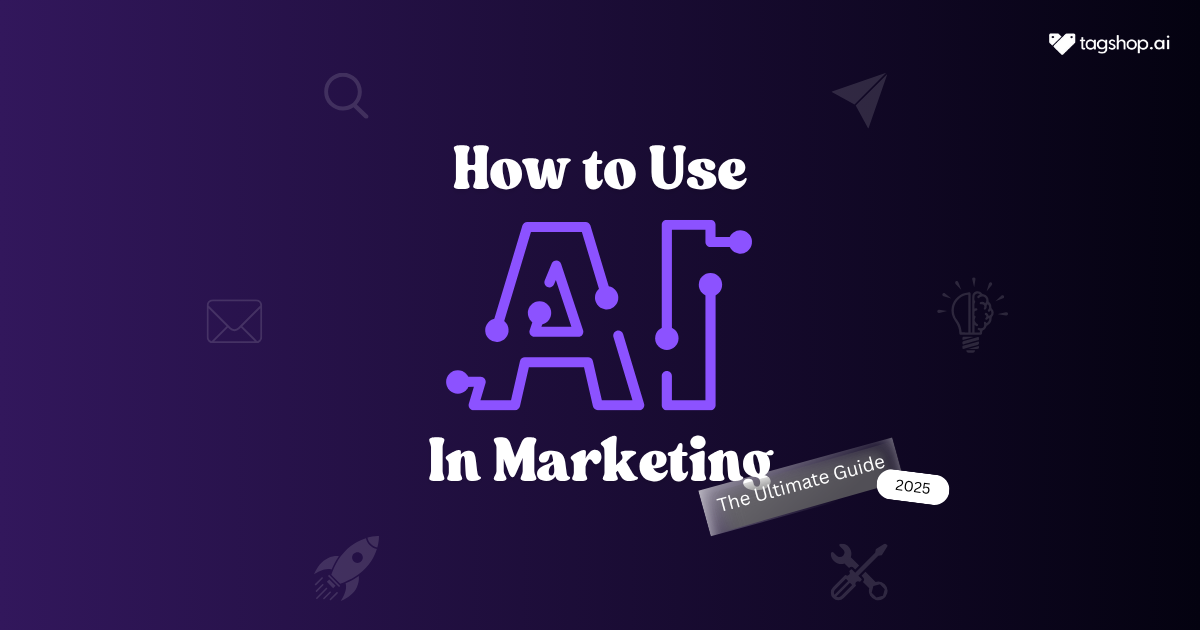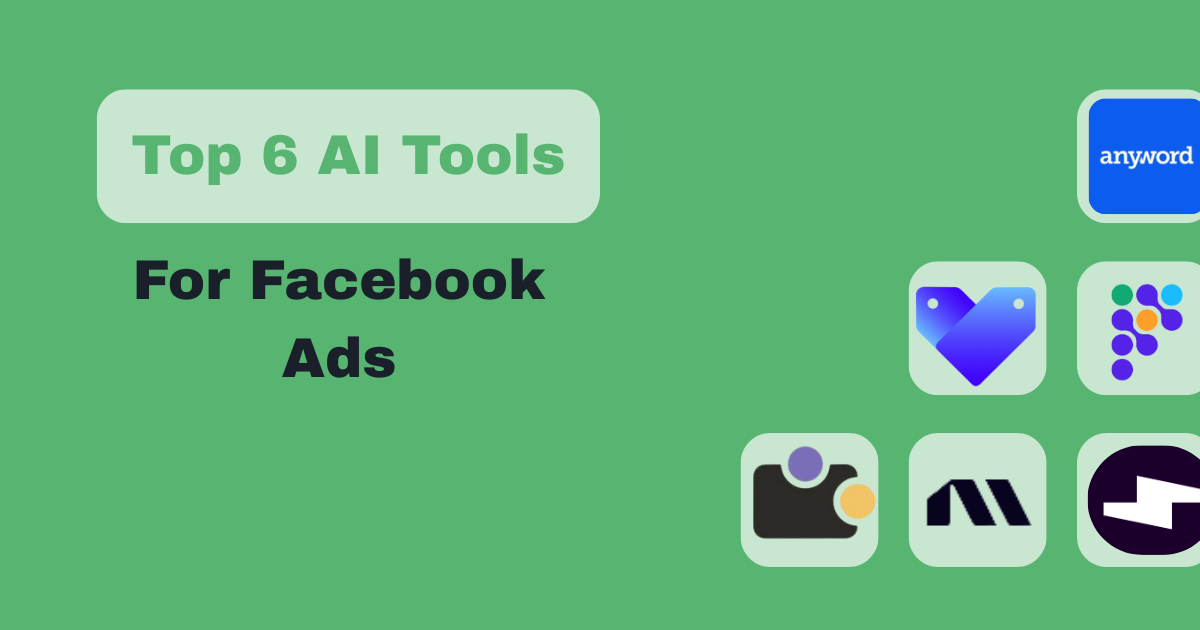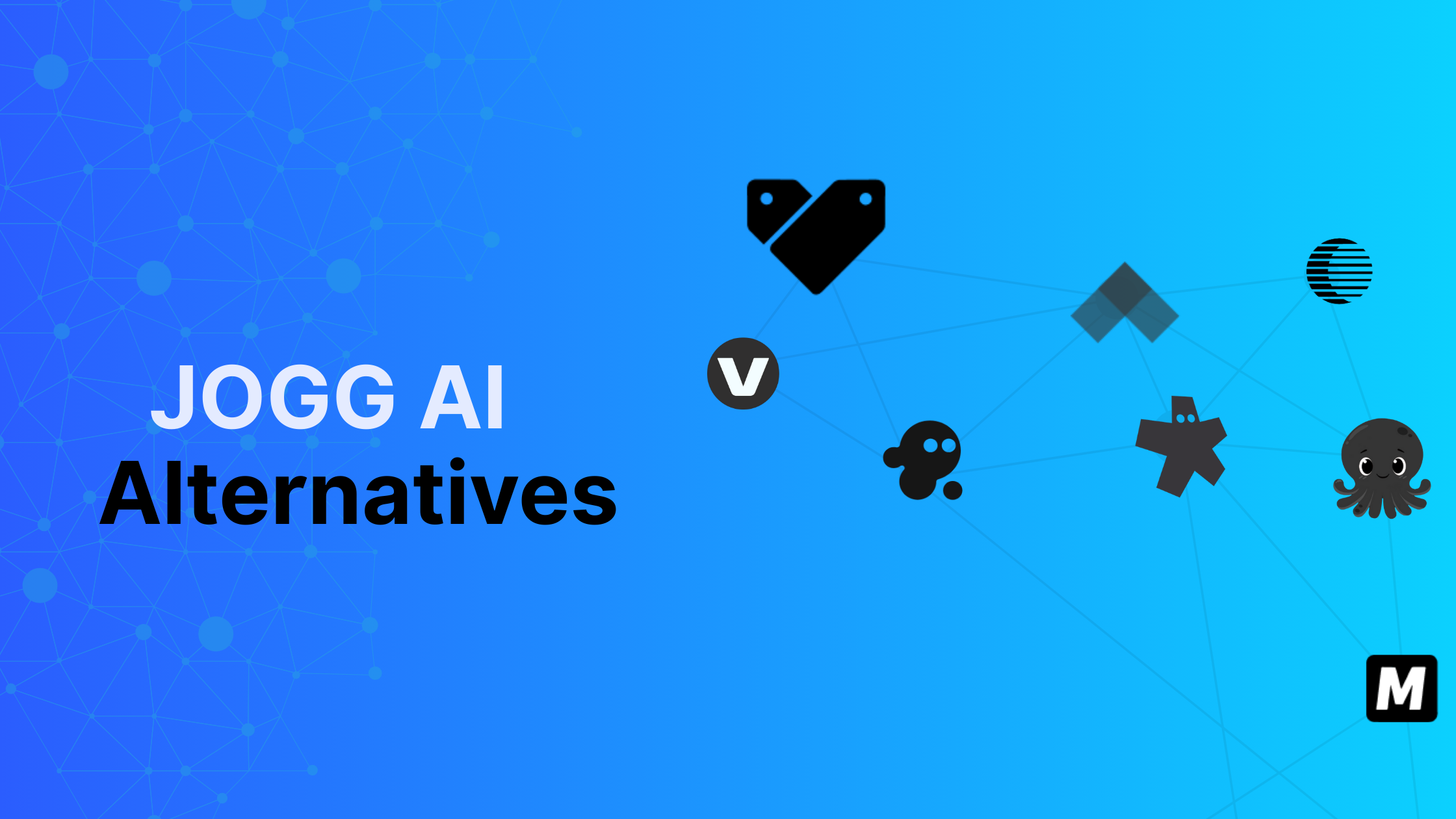How to Use AI in Marketing: Beginner’s 101 Guide
Ever wondered how brands manage to identify your actual need, even before you do? This is the power of AI in marketing.
If you’re new to this space and curious about how to use AI in marketing, you’re not alone. From personalizing emails to chatbots and realistic AI avatars, AI is helping marketers big and small.
Let’s get everything straight in this beginner’s AI in Marketing 101: why it matters, where AI marketing fits into your marketing strategy, and how you can begin using AI for marketing to achieve those real, tangible results.
So, without further ado, let’s get started!
Understanding AI in Marketing: What’s the Buzz About?
AI in marketing refers to the practice of artificial intelligence and its subsets, such as machine learning and automation, to improve and enhance marketing strategies.
Well, that was the formal definition. Now, let’s understand it simply in detail..
AI in marketing is basically using AI marketing tools to make smarter marketing decisions in real-time. With AI at hand, marketers can easily track consumer behavior, analyze purchase patterns, and even predict what the user will be interested in. And that’s just the beginning.
Take Google’s AI-powered analytics tools, for instance, which can forecast customer actions with up to 85% accuracy. Now, that is not just impressive but also powerful!
If you are a marketer in 2025, you understand the importance of speed and precision in launching a successful marketing campaign. That’s certainly where AI can be your perfect ally. Create content, scale without compromising quality, and target the right audience at the right time, that’s AI for you!
AI for marketing really seems interesting, right? What’s more interesting is how marketers are reacting to this AI uprising in marketing.

Source – SurveyMonkey
Looking at these stats, one thing is certain – the use of AI in marketing is now inevitable. While a major percentage of marketers are excited about the inception of AI in marketing, it is worth noting that there’s also a section that is genuinely worried about AI.
If you are also amongst the 14% who are worried or wondering how good AI will be in marketing, read on to the next section as we explore why to use AI in marketing.

Why Use AI in Marketing?
Truth be told, AI isn’t fascinating for everyone. Many people are worried about AI taking over their jobs, while some are worried if AI will be able to generate quality outputs as compared to traditional marketing methods.
Before you make any firm decision, read on to these benefits that AI brings along in marketing —
1. Improved Efficiency and Personalization
Let’s go a little back in time when AI wasn’t in use. How much time will it take you to write personalized marketing emails for hundreds of customers? A day or two. This is certainly where AI shines the most. AI helps you to generate and scale personalized content quickly, without compromising on the quality.
2. Smarter, SEO Optimized Content
Even the best blogs can’t rank if they are not properly optimized for the search engine and posted at the right time. AI helps you to construct your content in the best way, analyzing what type of content will perform the best and at what time. The result? The audience gets what they want, and engagement skyrockets!
3. Data-Driven Decisions
Traditional marketing involves making important marketing decisions based on gut feelings. Sometimes things would turn out how you want, sometimes not. But with AI being in the scene, decision-making has become more precise, with data and facts being analyzed faster. It is a great help in finding what’s going to work and what’s not.
Incorporating a human-in-the-loop approach ensures that while AI provides data-driven insights, humans can review, adjust, and validate decisions, combining the best of automation and expert judgment.
4. Hyper-Targeted Ads
An ad campaign is no joke. Long hours of effort, content creation, optimization, and whatnot! But all these can go in vain if the right audience is not targeted. AI helps in seamlessly segmenting your audience based on their purchase behavior, interests, and demography. This way, you precisely target the right audience and run AI ad campaigns that drive results.
5. Marketing on Autopilot
“There’s a lot of automation that can happen that isn’t a replacement of humans, but of mind-numbing behavior.” ~ Stewart Butterfield
Marketing campaigns involve a number of repetitive tasks, such as sending emails, scheduling, creating reports, etc., that can be done on autopilot with AI. As a result, you have all the time to focus on creating strategies and creative thinking.
6. Saves Time and Money
This one goes without saying. AI helps you create and scale content quickly, perform repetitive tasks on automation, which otherwise would take hours of human effort, and make fast, data-driven decisions! The outcome is clear – You save significantly on both time and money.
7. Better Customer-Relationships
When an AI chatbot quickly answers a query, it not only shows your quick customer service but also makes them feel that they are being heard.
Furthermore, when a brand offers personalized AI recommendations or offers, it builds a connection between the customer and the brand. In one way or another, AI helps you build better customer relationships.
Where and How to Use AI in Marketing
We have made one point clear: AI in marketing is remarkable! But, what’s the point if you don’t know where and how to use it the right way? Let’s go through some of the best use cases of AI for marketing to clearly understand the “where and how” —
1. AI in Customer Insights
For a brand to always stay upfront, it’s important to understand what its customers need and when they need it. AI can analyze customer insights, predict behavior, and spot upcoming trends. AI tools like Google Analytics with Predictive AI and Salesforce Einstein can be used to gather and analyze key customer insights, such as purchase and churn probability, predict revenue, and foster better customer management.
2. AI in Content Creation
Who doesn’t know about ChatGPT, one of the biggest talking points of the last two years? Today, numerous other AI content creation tools like ChatGPT are present in the market that can be used to create quality content, be it social media copies, blogs, emails, or ad scripts.
To further enhance readability and authenticity, many users pair these tools with an AI humanizer tool to make the content sound more natural and relatable.
3. Chatbots and Conversational AI
Customers expect top-tier service from your brand. So, why not keep AI chatbots at the frontline to provide quick query resolution? The best part about chatbots and conversational AI is that they work 24/7. Therefore, using AI-powered chatbots to provide excellent customer support is a no-brainer.
4. Email Marketing Automation
Email marketing is a crucial marketing strategy for any brand trying to provide a personalized experience to its customers. Using AI tools such as ActiveCampaign and Mailchimp, the whole email marketing workflow can be automated. It helps you to send the right message at the right time to the right person.
5. AI in Paid Advertising
Whether you are running ads on Meta, Google, or some other platform, use AI to constantly test, learn, and adjust your ad strategy to make sure the final ad run is fully optimized. Make sure the dollars are spent in the right direction.
6. AI in Video Content Generation
Well, we all have made fun of those weird AI-generated video examples that looked more funny than realistic. Remember Will Smith eating spaghetti? But AI is now far more advanced than it was in 2023. With AI tools, you can seamlessly generate realistic AI UGC videos within minutes. A great alternative to manual video creation, which requires professional actors, immense time, and money. And if it feels like too much for your team to handle AI UGC video creation on your own, brands like Unscript take care of everything, from concept to final delivery.

7. AI in SEO & Web Optimization
As a content writer, I can personally vouch for AI’s role in SEO and web optimization. From finding the right keywords that make your blog rank to improving the internal linking and fine-tuning a blog, I use AI to ensure my blog is properly optimized for the web.
Tools to Get Started with AI Marketing
The internet is overwhelmed with AI tools that promise to do wonders for your business. But not all fulfil those promises, some lack in the final output quality, some are too complicated, and some are really expensive to try as a beginner.
But if you really want to get started with AI marketing, here are three really helpful tools that I would recommend:
1. Tagshop: Best AI UGC Video Generator
I discovered Tagshop while searching for an easy method to create multiple realistic AI ads. This tool really amused me as it made generating multiple realistic AI UGC video ads a very seamless and quick process.
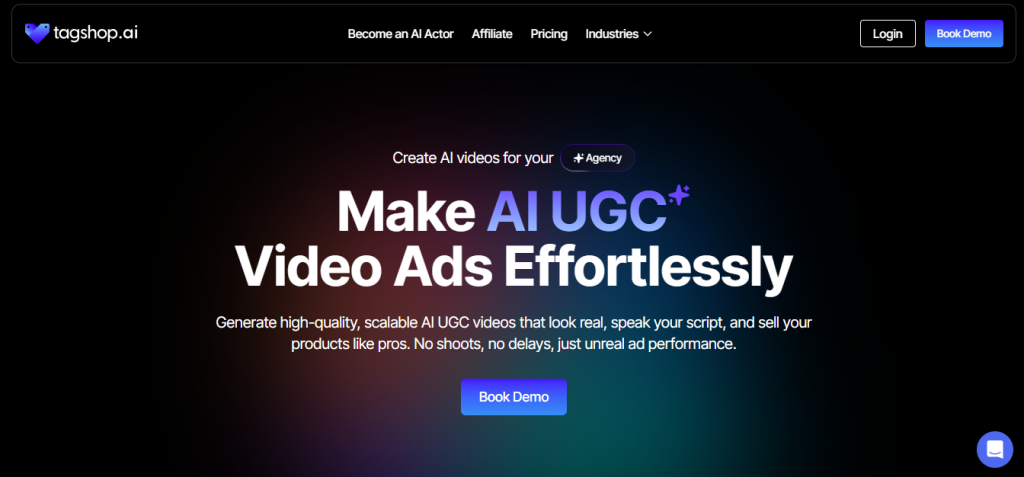
Tagshop comes with an inbuilt script generator that writes engaging scripts in seconds to build hyper-realistic AI avatar videos with voiceovers. Moreover, it also provides a URL to the AI video generation feature so that users can make a stunning product video just from a URL.
Here’s what you can expect from Tagshop –
- Realistic UGC-style AI video ads
- Realistic AI avatars with properly lip-synced voiceovers
- Videos optimized for various platforms, including Meta, TikTok, and YouTube
- Editable brand-specific scripts
- Scalable video production

2. Canva: AI Image Creations
Canva is a big name in the graphic design industry. And with AI being introduced on this platform, it has become a must-have tool for marketers and alike who want to start with image creation. With its built-in AI features, users can generate impressive visuals in just seconds.

Like most AI-powered content generation tools, writing the right prompt is crucial to generate the best results on Canva. With the proper prompt, Canva’s AI will generate high-quality custom images, graphics, or backgrounds. Arguably, an ideal tool if you want to generate images for social posts, ads, or blog headers.
3. Buffer: AI-Powered Schedule
Buffer is your social media assistant that works 24/7 to keep your audience engaged with your content. From suggesting the best times to post content and writing creative captions to repurposing content across different platforms, Buffer significantly helps you to schedule content and keep it intact for your audience.
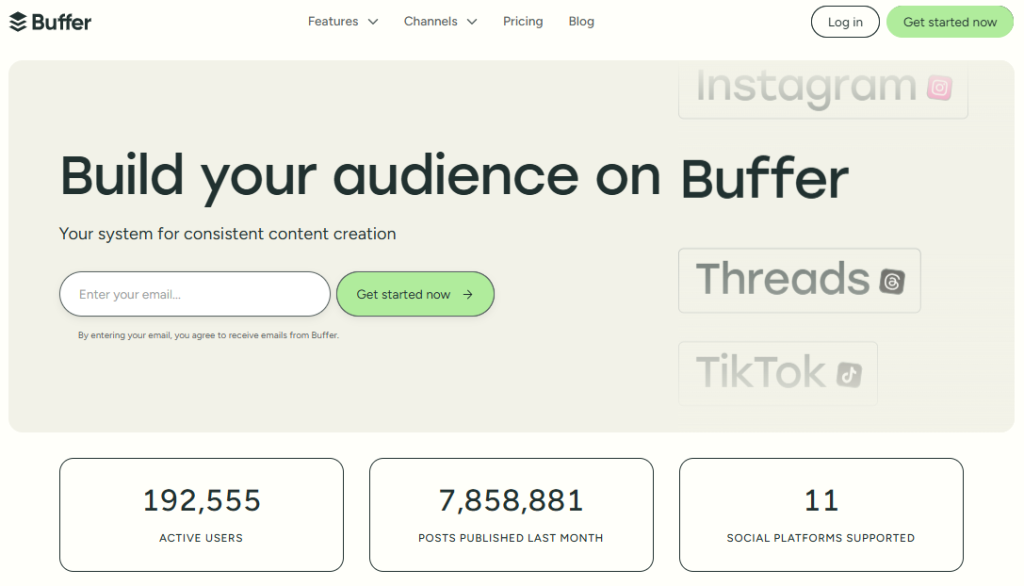
And of course, Buffer supports a long list of platforms for scheduling, including YouTube, Twitter, Facebook, Bluesky, Instagram, Threads, Mastodon, Pinterest, TikTok, and LinkedIn.
Beginner in AI Marketing? Here are the Best Practices to Follow
So far in this blog, we have established the importance of using AI in marketing. So, even if you were not using the power of AI till now, it’s time to start. Read on to learn some best practices to follow if you are a beginner in AI marketing.
1. Start Small, Then Scale
The AI revolution has just started. Therefore, it’s not an ideal approach to go “fully AI” at once. Begin your AI marketing journey with just one or two use cases. For example, start with AI-powered email personalization. Check how your team and your customers are responding to it. Once everything gets right and you set the tone for AI marketing, start using other advanced AI marketing applications such as predictive analyses or customer segmentation.
2. Ensure Quality Data and Smart Prompting
Indeed, AI is smart. But it is only as smart as the data you provide it. In order to generate content of the finest quality, you need to ensure that the data you provide to the AI brings value, and the prompts you use are accurate and clean. Incomplete, unclear, outdated, and complex data can cause the AI to generate useless or misleading results.
3. Pick the Right Tool, Not the Flashiest Ones
If your definition of the “best tool” is the one with the most features, you might end up with the wrong tool. While choosing the right tool, your approach shouldn’t be to find the flashiest tool but the one that fits your content goals, existing systems, and budget!
4. Use AI Ethically and Respect Privacy
As we integrate AI more and more into our work, it has become crucial to understand the ethical and legal considerations. If you are using your client data to generate content specifically catered to your audience, it is important to be transparent about data usage, follow GDPR/CCPA guidelines, and get user consent.
5. Test, Tweak, Repeat
What’s the best part about AI’s efficiency and speed? If you ask me, it’s the ability to run experiments and test different strategies. AI marketing isn’t about just setting the tone and letting AI handle the rest. It’s running A/B tests, getting responses, making tweaks, and then building a sure-shot campaign that performs.
6. Combine AI with Human Efforts
Even with its content prowess, AI still needs human monitoring in order to ensure the right, meaningful content is getting out. The perfect content piece in this “AI Marketing” era would be the one where both AI and humans work together. Let AI do the grunt work, while you bring the creative and emotional touch to the content.
Challenges and Limitations of AI for Marketing
Data quality is everything: AI can only generate the right output if you present it with the complete data. Therefore, generating quality content with limited data can be a hard task.
Over-automation kills creativity: Goes without saying — relying too much on AI can make your brand lose its human touch.
AI moves fast: With AI getting more and more advanced every day, it’s hard (and expensive) to constantly adapt to every update or breakthrough.
Integration can be complex: Blending AI into existing systems takes time, training, and trial and error.
The Future of AI in Marketing
A few months back, I saw a brand launch an ad campaign that employed an AI avatar from start to finish voice, script, visuals, and so on. And that was not only impressive, but it also sounded like a wake-up call.
We’re gradually entering a future where the role of generative AI will not be just assistance but creation. Content shall therefore be hyper-personalized for each user in real-time, backed by better automation and behavioral prediction. AI agents will likely power this shift – acting as always-on marketing coordinators capable of planning, executing, and optimizing campaigns with minimal human input.
Talking about the future of AI avatars and synthetic media? They are not gimmicks anymore. They are becoming virtual brand ambassadors: one always on and always adapting.
Though brands that win will still feel human, the technology will evolve, yes, but empathy, storytelling, and timing will stand the test.
Conclusion
Coming to the end of this Beginner’s 101 on how to use AI in marketing, one thing is certain — AI won’t replace marketers, but the ones using it will outpace those who don’t. Therefore, if you’re serious about turning customer behavior into real-time conversions, it’s time to act.
With Tagshop, you can launch hyper-realistic AI avatar ads that look and feel like authentic UGC, without the shoot, scripts, or studio. Ready to market smarter? Let your next ad be unreal.
